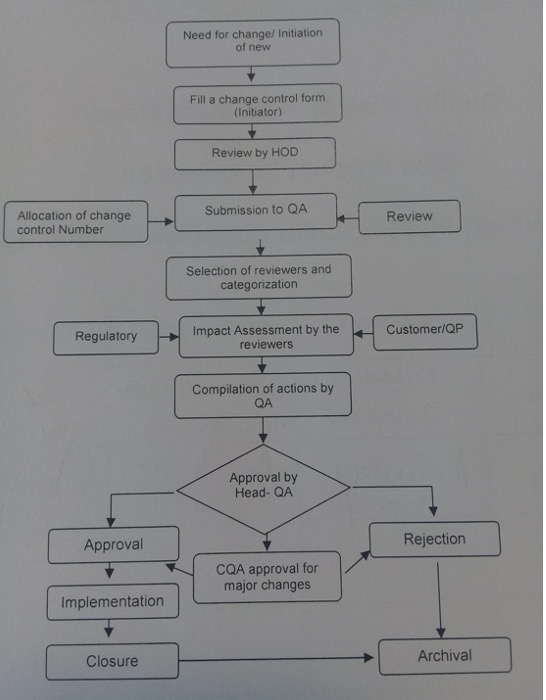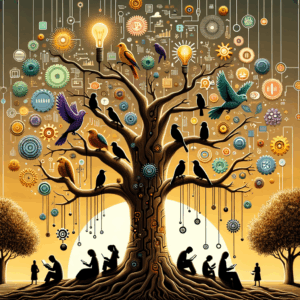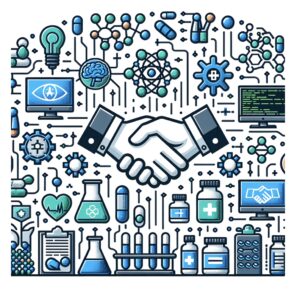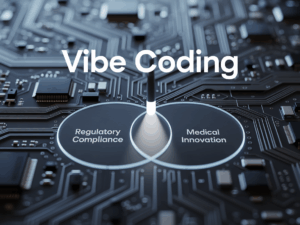Case Study:
Automated change requests in dossiers
using LLMs and NLP
How AI is helping regulatory teams increase productivity and reduce guidance monitoring time
Even when you have completed your dossier, new guidances come in with changes that must be reconciled with your dossier. This was a time consuming and people-intensive process – until now.
The Client
The client was spending significant time keeping up to date with monitoring and evaluating new guidances from WHO and others depending on the countries. This was a very resource-intense activity and they wanted a way to automate part of this so that the human in the loop could check it but not do the time-consuming work of actually looking everything up and reconciling the documents.
The Solution
- Combining the use of a specifically-trained LLM (large language model) and another semantic NLP approach to understand text in guidance and identify within guidance documents what text must be changed in the dossier.
- Classifying change level (minor, medium, major and implementing and highlighting the changes in both documents for approval.
The Outcome
- Saves regulatory team vast amounts of time as previously each new guidance had to be read and compared with the dossier but now the changes are classified and suggestions created and the regulatory person simply needs to check these and approve.
To achieve these kinds of results, contact Eularis today.

Latest News
Read our latest blogs here.

AI and Diversity & Inclusion: Building Equitable Technology for All
Quietly, every day, in boardrooms across Silicon Valley to Singapore, a new wave of artificial intelligence systems are making thousands of decisions that shape our lives

How Pharma Companies Can Build Trustworthy AI Agents
In an industry where a single miscalculation can impact millions of lives, pharmaceutical companies are witnessing an unprecedented transformation through AI agents – autonomous systems

The Regulatory Paradox: Vibe Coding Medical Tools in a Compliance-Heavy Industry
Healthcare innovation is now at a crossroads, where the pursuit to make revolutionary strides forward is matched only by the challenge of making tools that
